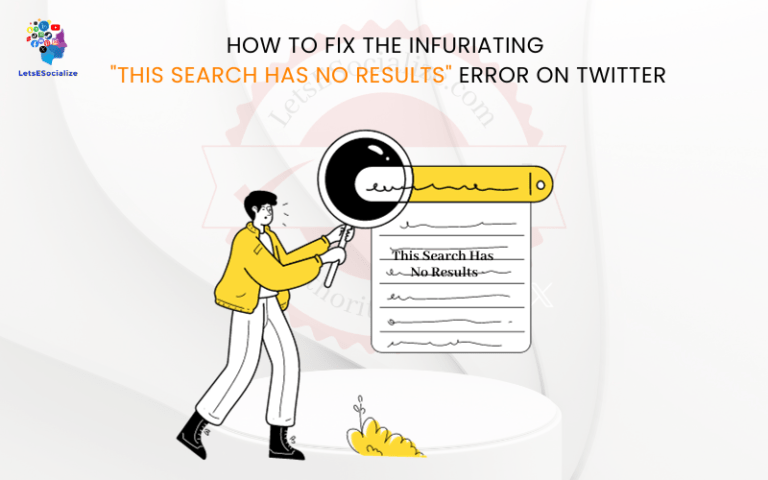Social media has become an integral part of our lives. Platforms like Twitter allow us to share our thoughts, opinions, ideas, and updates with the world. However, the 280-character limit can make it challenging to share longer form content.
This led to the emergence of two popular formats on Twitter – tweetstorms and threads. Though they may seem similar at first glance, here is some key difference between Tweetstorms and Twitter Threads.
Table of Contents
What is a Tweetstorm?
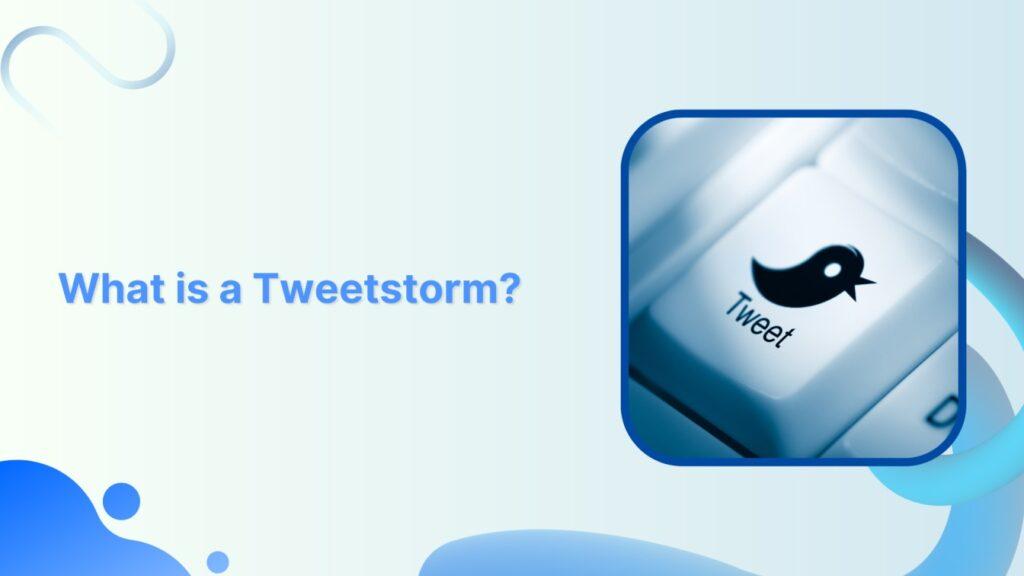
A tweetstorm is a series of connected tweets posted in quick succession by a user to share details around a single topic. Instead of cramming everything into one tweet, the user splits their content across multiple tweets.
Tweetstorms allow you to:
- Share longer narratives that go beyond 280 characters
- Add context and detail to an idea or story
- Build suspense and engagement across a series of tweets
- Include multimedia like images, GIFs, and videos
- Credit sources by linking to other profiles or articles
There is no limit on the number of tweets in a tweetstorm. Some tweetstorms may be just 5-10 tweets, while others run into 30-40 tweets or more.
Users often add numerals and punctuation like “1/”, “2/”, “…”, and “End” to indicate the sequence and completion of a tweetstorm. This helps readers follow the tweetstorm easily and keep track.
For example:
1/ I recently read this fascinating novel that I have to share with everyone. It has an intriguing plot spanning three different continents and eras.
2/ The story begins with the protagonist as a young girl in 1960s England. We follow her carefree adventures with her friends and siblings.
3/ But soon, a shocking tragedy strikes that changes her life forever. She is forced to move to Australia to live with her estranged grandparents.
…
34/ Overall, it was an emotional rollercoaster that left me weeping one moment and laughing the next. I recommend everyone add this book to their reading list!
End. Wow, what a journey! Let me know if anyone decides to pick up this book. I’d love to discuss it!
The use of numbering and the “End” tweet clearly indicate that this is a tweetstorm and not just random tweets. Readers can follow the full story by reading all the tweets in sequence.
What is a Twitter Thread?
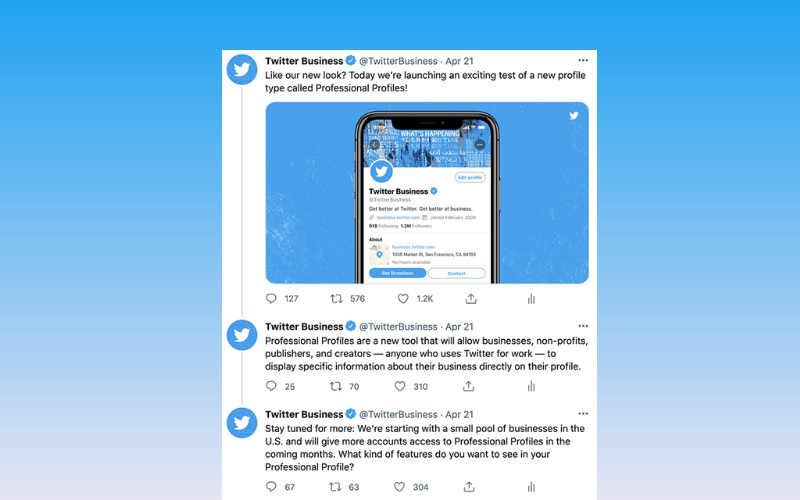
A Twitter thread is also a series of connected tweets. But unlike a tweetstorm, a thread uses the “Reply” function to link tweets and create a cohesive narrative.
Threads allow you to:
- Share in-depth details through a sequence of replies
- Add context to an opinion, story, or idea
- Curate multiple resources by linking tweets
- Host Q&As by replying to questions
- Engage in nuanced discussions and debates
To create a thread, reply to your original tweet with additional tweets instead of posting them separately. Twitter will automatically group the replies into a thread under the original tweet.
Threads can be as long as you want. But they don’t require numbering or punctuation like tweetstorms. The reply format itself neatly chains the tweets visually.
For example:
I recently watched this mind-bending sci-fi movie that raised some fascinating philosophical questions. It starts in an apparently utopian future society where all disease has been eliminated. However, we soon learn there is a sinister secret behind this utopia.
The core moral dilemma is whether the ends justify the means if the means involve controlling and restricting civil liberties. It raises questions about how much individual freedom we must surrender for the greater good of humanity.
While the premise seems far-fetched, the issues raised apply as much to today’s world as a hypothetical future. It left me wondering where we draw the line when it comes to using technology and power to mold society.
I recommend watching this movie. The visual effects are stunning, and the moral issues raised will leave you pondering for hours after the credits roll. Let me know if you’ve seen it and what you thought about the key themes!
This reads as a thread instead of separate tweets, as the replies are clearly linked under the original tweet. There’s no numbering required to understand the sequence.
Also read: How to Create a Twitter Thread
Key Difference Between Tweetstorms and Twitter Threads
While tweetstorms and threads share the purpose of sharing detailed content on Twitter, there are some notable differences between the two formats:
1. Posting Method
- Tweetstorms use multiple separate tweets published in quick succession.
- Threads use replies chained to an original tweet.
2. Visually Linking Tweets
- Tweetstorms require numbering, punctuation, and indicating end-to-link tweets.
- Threads are visually linked together under the original tweet through the reply format.
3. Focus
- Tweetstorms often tell a story or journey spanning multiple tweets.
- Threads are more discussion or information-focused.
4. Use of Multimedia
- Tweetstorms make heavier use of images, GIFs, and videos across tweets.
- Threads tend to be text-heavy and discussion-focused.
5. Discoverability
- Tweetstorms often get better traction as each tweet can be searched and liked.
- Threads have lower discoverability as only the original tweet shows up in searches.
6. Cohesiveness
- Tweetstorms can read disjointed as tweets are visually separate.
- Threads retain context better due to reply format cohesion.
7. Audience Engagement
- Tweetstorms see lower audience engagement as each tweet must be clicked separately.
- Threads make it easier for the audience to follow and engage with the full narrative.
When to Use Tweetstorms vs. Threads
Understanding the differences allows you to select the best format based on your goals:
Use Tweetstorms For:
- Telling stories and journeys across tweets
- Reporting live events as they unfold
- Making an impactful announcement in stages
- Ranting or joke set up and punchline
- Sharing a collection of multimedia resources
- Promoting engagement with each separate tweet
Use Threads For:
- In-depth discussions requiring detail
- Providing context and resources around an opinion
- Hosting nuanced conversations and debates
- Crowdsourcing feedback and ideas
- Explaining concepts requiring multiple tweets
- Keeping audiences engaged with a cohesive narrative
Best Practices for Tweetstorms and Threads
Follow these best practices to create effective tweetstorms and threads:
For Tweetstorms
- Number tweets logically starting at 1/ or with a symbol like >>
- Indicate the end of the tweetstorm with “End” or “Fin.”
- Include relevant hashtags in each tweet
- Link back to early tweets for context
- Spread key points strategically across tweets
- Use compelling multimedia in between text tweets
- Promote engagement by asking questions
For Threads
- Summarize your key idea in the original tweet
- Reply to the original tweet instead of new tweets
- Tag people for context and visibility
- Quote the tweets you are replying to for clarity
- Link out to resources and articles
- Build discussions by responding to replies
- Retweet the original tweet to boost visibility
Examples of Effective Tweetstorms and Threads
Here are some real examples of impactful and engaging tweetstorms and threads:
Tweetstorm Example
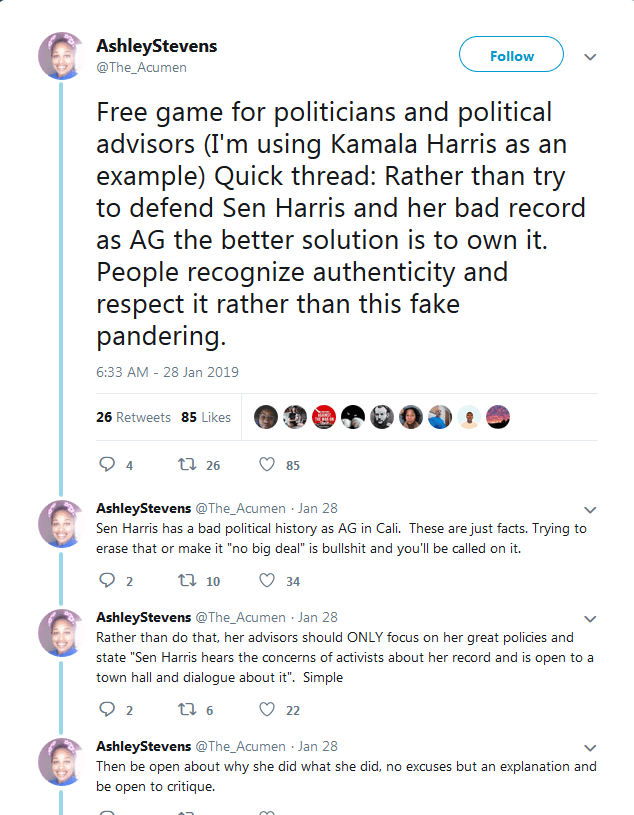
Amanda Palmer @amandapalmer:
1/ So, I’m finally going through my abortion with @PPFA. I’m doing this because EVERYBODY has to be able to control their bodies. This is my body.
2/ I’m doing this because the state can’t be in the business of forcing us to carry babies to term against our will. It’s sinister.
3/ I’m doing this because abortion is healthcare. Healthcare is a human right.
4/ So is the pursuit of happiness. This is MY life, my truth. I get to narrate it.
5/ I’m doing this because WE NEED ABORTION ACCESS. Because marginalized people and the working class will suffer.
6/ I’m doing this because the animals get it: sometimes you’re just not ready to raise offspring. It doesn’t make you evil!
7/ I’m doing this because motherhood should NEVER feel forced or compulsory. Motherhood is an honour and a privilege.
8/ I’m doing this because 61% of people who go through with abortions are already moms. Mamas know what they can handle.
9/ I’m doing this because the patriarchy wants to legislate their dominion over our wombs.
10/ sisters, be wise, + stay strong. You know yourself, your life, your capacity. Honor your path and your rhythms. 💓
This covers an emotional personal story and national issue impactfully over 10 numbered tweets with multimedia and a clear end.
Thread Example
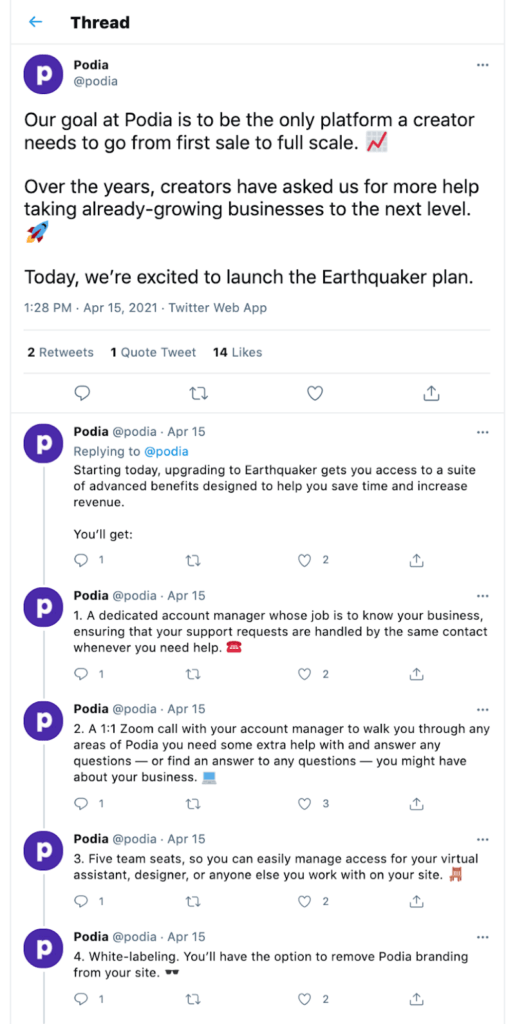
Elon Musk @elonmusk:
The pyramids were built by aliens, obviously.
There’s simply no way humans could have stacked those huge blocks of stone to that precision thousands of years ago without help from more advanced beings.
Think about it – even today, with all our technology, we would need help to replicate that level of engineering and architecture!
Ancient aliens clearly tapped into some anti-gravity propulsion to float the stones into place. There is zero chance primitive tool-wielding humans did it alone.
Pyramids basically serve as a planetary “KEEP OUT” warning left by aliens. “Build at your own risk” is the message 👽
If we studied the pyramids closely, we could uncover the secrets of alien tech and make rapid advances as a civilization. There might be hidden passageways leading to vast troves of knowledge if we just dug deep enough…
Anyway, we can conclusively say at this point that the ancient alien theory is by far the most plausible explanation for how the incredible pyramids came to be!
This covers a speculative discussion with sarcasm and humor in a way that keeps users engaged through replies building on the original premise.
Conclusion
Tweetstorms and threads have different strengths and uses on Twitter. Understanding when to pick one over the other allows for crafting more engaging Twitter content within the constraints of 280 characters.
Use tweetstorms to tell powerful narratives across separate tweets. Use threads to host deeper discussions with replies to an original tweet. Master both formats to become an effective Twitter storyteller!






